Chapter 8: Teaching Strategies for Indirect Instruction
Chapter 8: Teaching Strategies for Indirect Instruction
Chapter Overview
Chapter 7 introduced you to direct instruction for teaching facts, rules, and action sequences. Now we consider indirect instruction for teaching concepts, inquiry, and problem solving.
An old adage says: "Tell me and I forget, show me and I remember, involve me and I understand."
The teaching of concepts, inquiry, and problem solving are different forms of indirect instruction that actively involve your learners in seeking resolutions to questions and issues while they construct new knowledge.
Indirect instruction is an approach to teaching and learning in which:
- the process is inquiry,
- the content involves concepts, and
- the context is a problem.
These three ideas are brought together in special ways in the indirect instruction model.
This chapter presents teaching strategies you can use to compose your own indirect teaching approach that asks your learners to share the excitement of becoming actively involved in their own learning and contributing new knowledge to solve real-world problems.
We begin by looking into two classrooms, one in which Tim Robbins is teaching a lesson with the direct instruction model and the other in which Kay Greer is teaching the same lesson with the indirect instruction model.
This chapter introduced you to indirect instruction strategies. Its key terms and main points were:
Essential Conditions for Learning
Reception, availability, and activation are three essential conditions for learning. An anticipatory set or advance organizers take content and organize it into meaningful parts.
Constructivist Teaching
Constructivist Teaching encourages learners to use their own experiences to actively construct their own meaning from lessons. Students reflect on their own experiences, alter what they believe, replace old information with new information, and question, explore, and assess what they know.
Comparing Direct and Indirect Instruction
Indirect instruction is an approach to teaching and learning in which concepts, patterns, and abstractions are taught in the context of strategies that emphasize concept learning, inquiry, and problem solving.
In indirect instruction, the learner acquires information by transforming stimulus material into a response that requires the learner to rearrange and elaborate on the stimulus material.
goals should not become ends unto themselves, there should be a plan and structure for using student ideas in the context of strategies to promote problem solving, inquiry, and concept learning.
In concept, inquiry, and problem-based learning, these goals are placed within specific unit and lesson objectives to promote higher order thinking.
Student-Centered Learning
Student-centered learning, sometimes called unguided discovery learning, allows the student to select both the form and substance of the learning experience. This is appropriate in the context of independently conducted experiments, research projects, science fair projects, and demonstrations. However, the preorganization of content is always necessary to ensure that the use of student ideas promotes the goals of the curriculum.
Student Self-Evaluation
Self-evaluation of student responses occurs during indirect instruction when you give students the opportunity to reason out their answers so you and other students can suggest needed changes.
Students can most easily conduct self-evaluation in the context of student-to-student-to-teacher exchanges, wherein you encourage students to comment on and consider the accuracy of their own and each others' responses.
Use of Group Discussion
A group discussion involves student exchanges with successive interactions among large numbers of students. During these exchanges, you may intervene only occasionally to review and summarize, or you may schedule periodic interaction to evaluate each group's progress and to redirect the discussion when necessary.
The best topics for discussion include those that are not formally structured by texts and workbooks and for which a high degree of consensus among your students does not yet exist.
Your moderating functions during discussion include the following:
- Orient students to the objective of the discussion.
- Provide new or more accurate information that may be needed.
- Review, summarize, and relate opinions and facts.
- Redirect the flow of information and ideas back to the objective of the discussion.
- Combine ideas and promote compromise to reach a consensus.
Social Frames
Using indirect instruction in diverse classrooms is most effective when using social frames. There are differing opinions on how best to integrate social frames into your instruction.
Three techniques that have been found to be successful include self-disclosure, humour, and dialogue.
Final Word
Direct and indirect instruction is often used together, even within the same lesson, and you should not adopt one model to the exclusion of the other. Each contains a set of strategies that can compose an efficient and effective method for the teaching of facts, rules, and sequences and to solve problems, inquire, and learn concepts.
The greater the group consensus, the fewer the students in the group, and the higher their ability to grasp concepts and abstractions, the more you can relinquish authority to the group.
Teachers generally use direct and indirect instruction together, and you should not adopt one model to the exclusion of the other. Each contains a set of functions that can compose an efficient and effective method for the teaching of facts, rules, and sequences or concepts, patterns, and abstractions.
Multiple Choice Questions
Instructions
Click on 'Details' below to begin the test
2. Ms. Henry begins class by reviewing her students in order to recall prior learning and then gives examples of the concept to be learned. She has designed and sequenced her lesson so the learners are encouraged to use their own experiences and to actively construct meaning that makes sense to them. Ms. Henry wants to expose misconceptions she know the students may have and challenge them to acquire more accurate perceptions using their own reasoning powers. What approach is she using?
3. Indirect instruction strategies work best when teaching.....
4. ….. and ….. help students classify visually different stimuli into the same category, based on critical attributes......
5. When a teacher presents a lesson with complex content, the lesson must be introduced with a framework or structure that organizes the content into meaningful parts even before the content is presented. To give learners a conceptual preview of content to come, the teacher could use.....
6. Advance organizers, especially at higher levels of complexity, are usually.....
7. Inductive reasoning is a thinking process used when a set of data is presented and students are asked....
8. In order to produce accurate generalizations when teaching concepts, patterns, and abstractions, students need both examples and nonexamples that define.....
9. When using student ideas to form a productive lesson, the effective teacher allows the students to participate in determining the ….. but not the …..
10. When time does not permit Ms. Gold to hold a full-class discussion of topics in sequential order, she has several small groups work simultaneously. In order for this to work, she needs to accomplish the following task(s):
11. According to constructivist theories, indirect instruction is important because knowledge results:
12. Deductive reasoning skills are helpful for students because: I. much information can be obtained by beginning with a theory and testing or experimenting with it to see how accurately it predicts events II. generalizations can be misleading if they are not carefully tested III. knowing that something generally occurs can alert us to watch for similar situations and act accordingly IV. what occurs in one place is bound to occur in another
True/False
Instructions
Click on 'Details' below to begin the test
2. Indirect instruction is less complex than direct instruction.
3. Advance organizers can be very helpful for students from other cultures and English language learners when the organizer includes links between familiar concepts and new content.
4. Advance organizers present a general concept into which fits the specific concept for each day's lesson.
5. Structuring methods that work well with advance organizers are problem centered, decision making, and network direct instruction.
6. Deductive reasoning proceeds from principles or generalizations to their application in specific instances, including testing generalizations to see if they hold in specific cases.
7. To learn concepts, learners need to be able to distinguish examples from nonexamples.
8. The point of using questioning strategies in indirect instruction is not to arrive at the correct answer in the quickest and most efficient manner, but to stimulate a process of search and discovery.
9. When unguided discovery learning is used, the teacher does not have to keep the content within the confines of the curriculum.
10. When student-to-student-to-teacher exchanges grow into long interactions among large numbers of students, a group discussion has begun.
11. Deductive reasoning generally leads to greater levels of complexity because patterns and generalizations are accepted as fact.
12. Students can be aided in taking responsibility for their own learning through opportunities to engage in self evaluation.
13. Indirect instruction is more complex than direct instruction with regard to teacher behaviour, but not student behaviour.
14. A single, good question is the centerpiece of indirect instruction.
15. Student dialogue plays an important part in the process of indirect instruction.
16. Teachers should avoid sharing their personal feelings and experiences related to a specific lesson.
17. Indirect instruction is correlated with positive student attitudes.






.png)

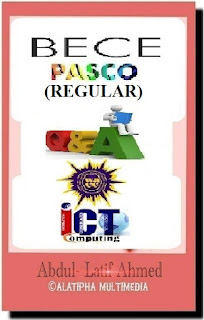



















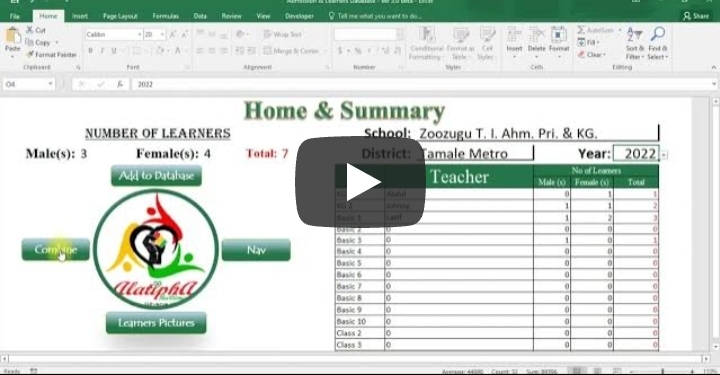
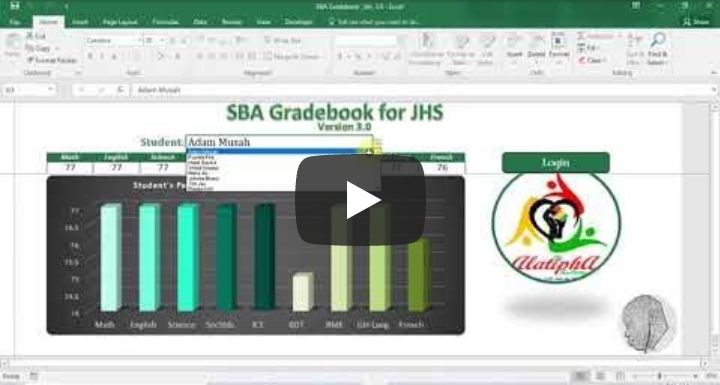
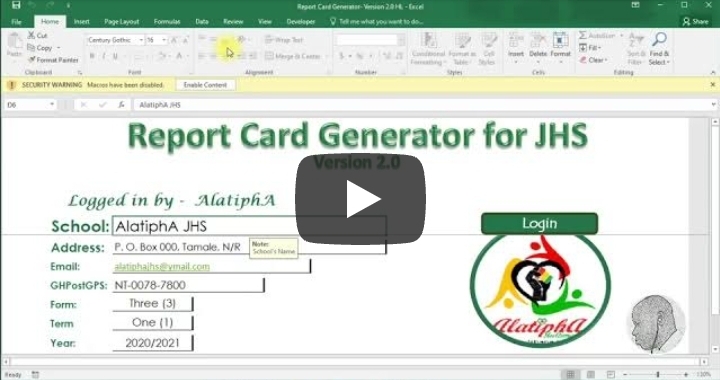


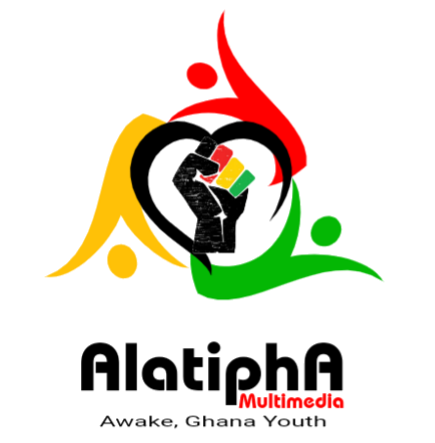
Comments
Post a Comment